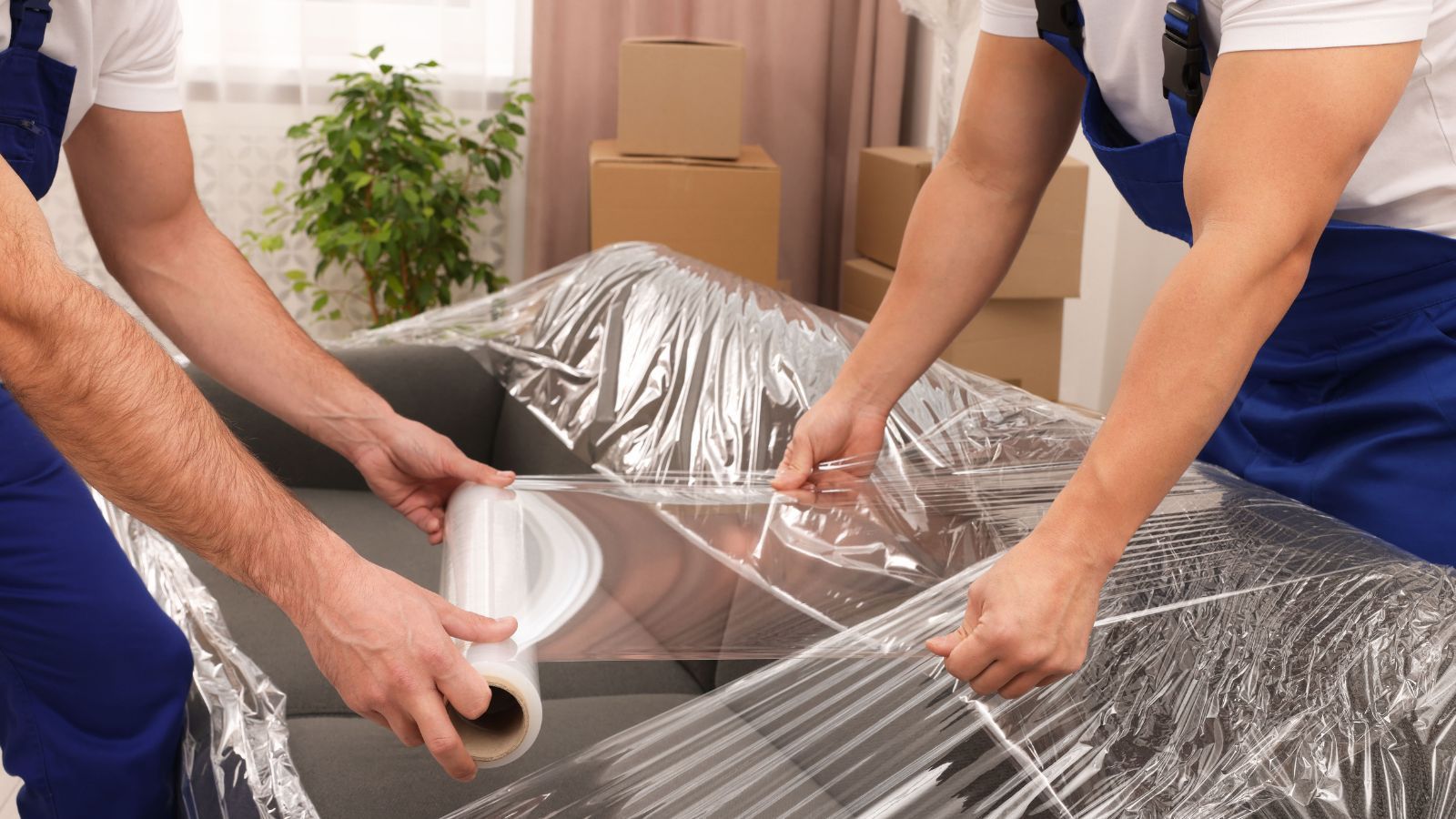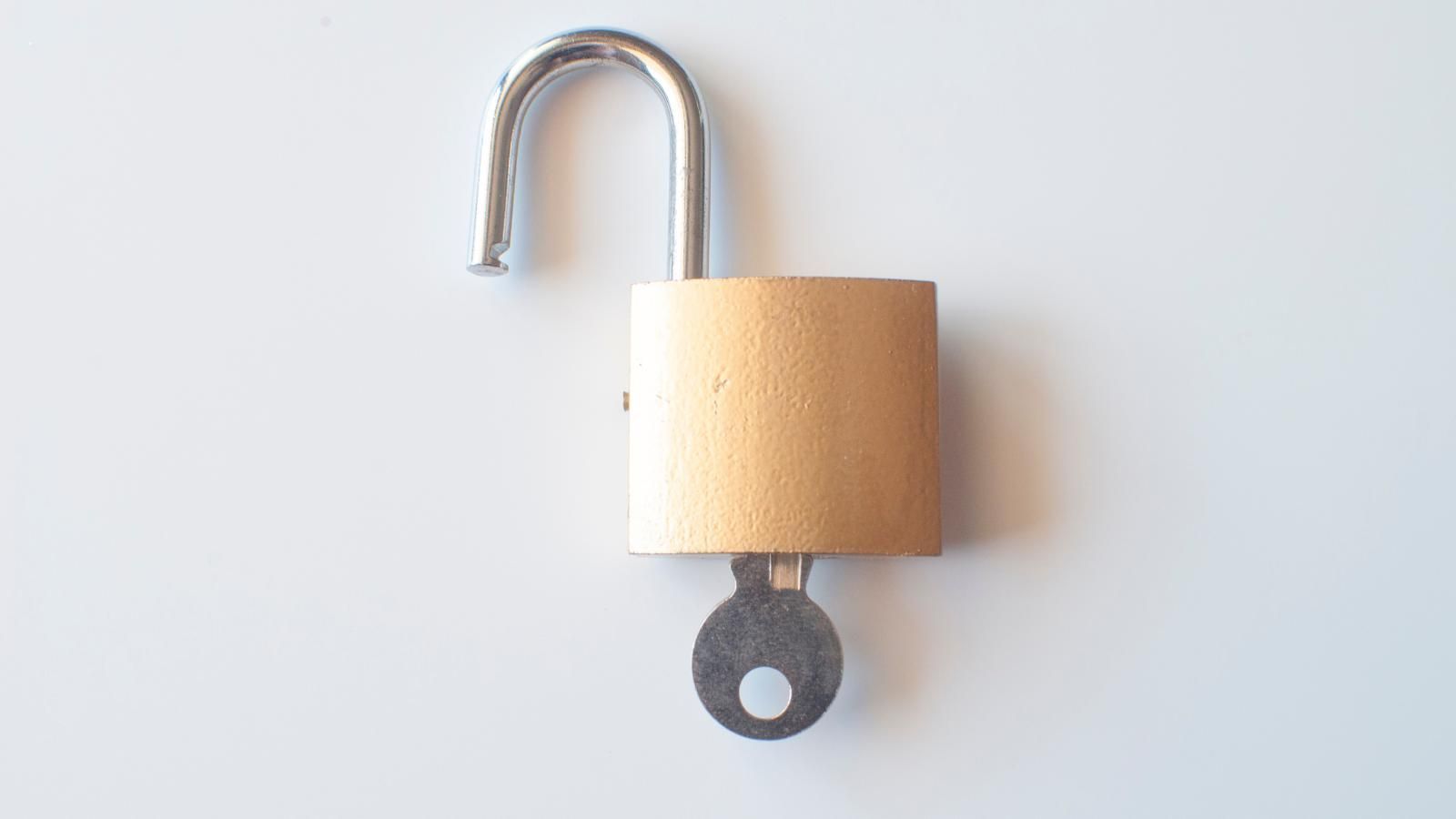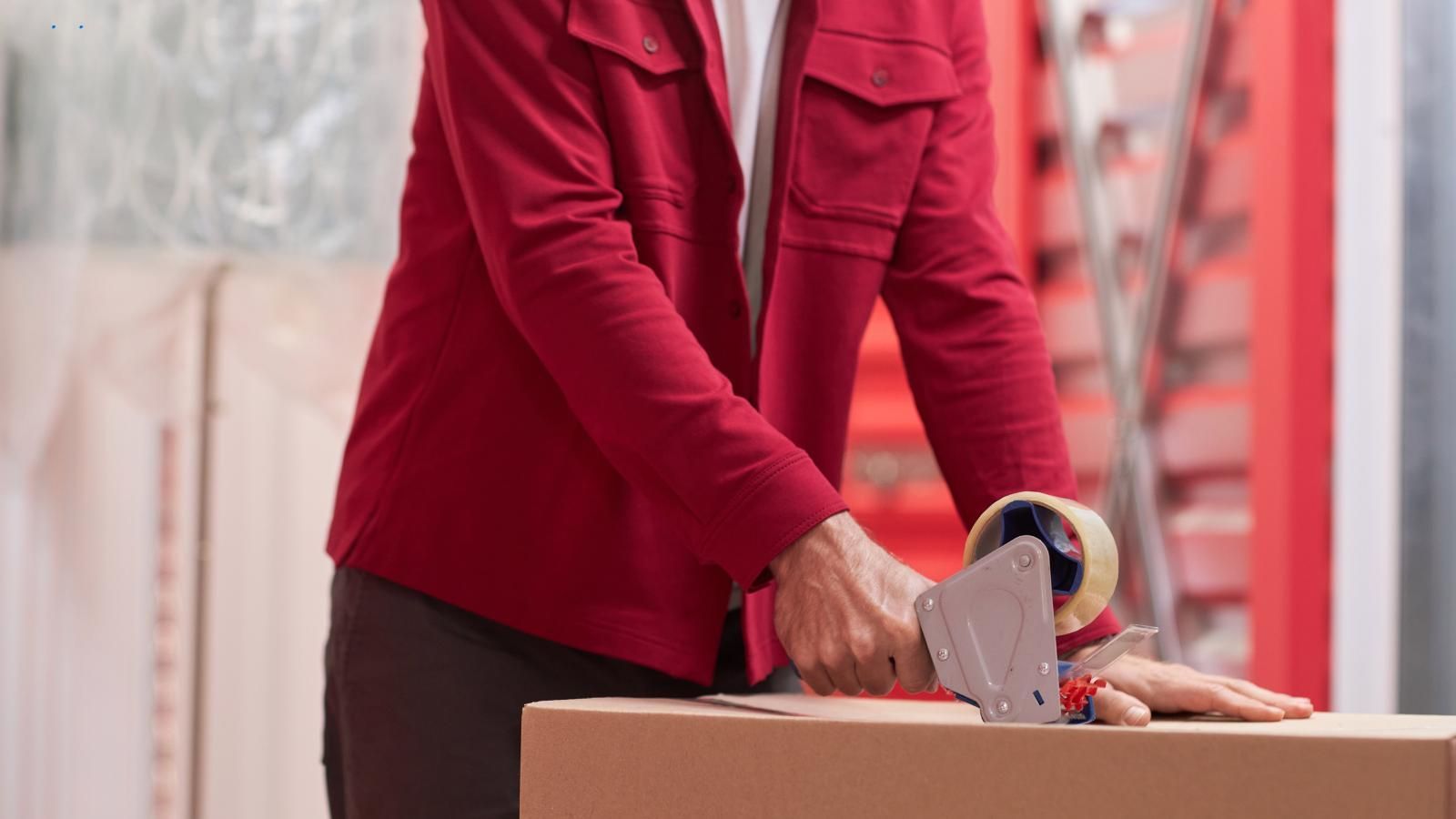Keeping Your Furniture Under Wraps While in Storage
When it comes to storage, whether it’s food storage or furniture storage, knowing the best practices to protect and extend the life of what you’re storing is crucial. Understanding the different types of furniture wrap and how to use it keeps your furniture usable looking good and free from being damaged by mold, dust and other things while you’re not using them.
In this blog, we’ll go over the reasons investing in the right furniture wrap to meet your needs, whether it’s for moving or storage, is a wise move. We will also touch upon the best practices for furniture wrap, how to handle outdoor furniture wrapping and expert tips to ensure your furniture is protected until you’re ready to use it again.
In this blog, we will discuss:
Which kind of furniture wrap do I need?
Ways to use furniture wrap to protect furniture in storage.
Protecting your patio, how to shrink wrap outdoor furniture.
Expert tips for maximizing your furniture wrap game.
Why Wrapping Furniture for Storage is Essential

If you’ve ever put a plate of leftovers uncovered in your fridge, you know how damaging it can be to not wrap your food, leaving it vulnerable to drying out, absorbing other flavors, growing mold and more. Storing your furniture, whether it’s for moving or long-term storage, without properly using furniture wrap leaves it vulnerable to damage from humidity, dust, mold and damage by rodents and other pests. Using adequate furniture plastic wrap also gives your treasured items an additional barrier against scratches and tears during moving or while being stored alongside other items.
Furniture wrap protects your items from:
Moisture Control: Wrapping keeps excess moisture from damaging wood and upholstery.
Cleanliness: Dust and debris can settle on exposed surfaces, leading to discoloration or staining. It also helps deter pests from damaging your furniture.
Scratch Prevention: Protective layers act as a buffer during handling and stacking.
Ease of transport: Shrink wrap can be used during moving to keep cords neatly out of the way, drawers and doors closed and can even be used to keep screws and fittings with the furniture they go to during moving.
Choosing the Right Materials to Wrap Your Furniture
Selecting the right materials is vital to protecting your furniture. Factors such as the material the items are made of, their value and the type of storage unit you are renting all matter. Here’s a breakdown of popular wrapping options and their best uses:
- Fabric Furniture Covers
- Pros: Breathable fabric doesn't trap moisture. Protects against general dust and debris.
- Cons: No protection against water damage from leaks. Only minimal protection against dings and scratches.
Best used for: Long-term climate-controlled storage furniture made with natural components such as wood and leather.
- Vinyl & Plastic Furniture Wrap
- Pros: Medium level protection for upholstered pieces and small items from water damage. Protects items from dust/debris, odor absorption, pests and rodents.
- Cons: Can trap moisture in non-climate-controlled storage units leading to mold growth.
Best used for: Furniture made with synthetic materials
- Furniture Pads & Blankets
- Pros: Creates a buffer of protection against damage during transportation.
- Cons: Does not protect against moisture build-up/mold.
Best used for: Temporary storage, stacking and moving purposes.
- Outdoor Furniture Shrink Wrap
- Pros: Protects furniture from weather damage during the off-season. Extends the life of your outdoor furniture.
- Cons: Not always suitable for wood/rattan furniture.
Best used for: Off-season storage of patio furniture, grills etc.
How to Use Plastic Wrap for Furniture
When it comes to using plastic wrap for furniture the best protection starts with the right application. Here is how to use this convenient and inexpensive safeguard.
Best Practices for Wrapping
If your item has hardware or parts that are being removed
for moving or storage you can put them inside (If applicable) or wrapped in bubble wrap they can be put on the item and shrink wrapped to keep everything together.
1: Measure your items: Get an idea of how much plastic wrap you’ll need based on the surface area of your item and how many layers you will be using. Overestimate so you can have one continuous piece of wrap.
2: Make sure all items are clean and dry to avoid trapping in any moisture that could lead to mold and mildew growth and unpleasant smells.
3: For delicate, wooden or glass furniture elements, use a layer of padding at corners and over glass or breakable surfaces to prevent scratches and protect against breakage.
4: As you begin wrapping make sure your layers overlap to create a strong and secure seal.
Using Shrink Wrap for Outdoor and Patio Furniture
When it comes to outdoor furniture storage, shrink wrap outdoor furniture is an excellent choice for shielding items from the elements either seasonally or when you’re away. Shrink wrap also shows evidence of tampering easily so you will be able to recognize if your items have been moved or damaged since you sealed them.
Using a 24’ in wide shrink wrap roll is recommended.
Here’s a step-by-step guide:
1: Measure your items: Overestimate so you can have an adequate coverage to make a complete seal.
2: Make sure all items are clean and dry to avoid trapping in any moisture that could lead to mold and mildew growth and rust.
3: Put padding on any pointy or sharp edges to help prevent punctures as the shrink wrap is applied.
4: Lay out a length of shrink wrap, leaving enough ideally to come halfway up the furniture.
5: Lay over or wrap the shrink wrap over the rest of the furniture, starting at the top. Once everything is completely covered you can cut excess away then use the heat gun to carefully fuse the seams where the cuts were made.
Tips for Long-Term Furniture Storage
If you’re storing furniture for an extended period, consider these additional measures when choosing a storage unit:
Climate-Controlled Units: Maintain consistent temperatures to avoid warping or cracking. Most climate-controlled units also offer protection from moisture and humidity changes.
Pest Prevention: Ask your self storage location about their pest protection methods. Consider adding additional protections such as cedar blocks or other moth deterrents for clothing, soft items or upholstered furniture as well as other rodent deterrents.
Don’t set it and forget it: While long-term storage is great, it is wise to routinely check on your stored items to make sure they remain protected and undisturbed. Regular checks also help you find small problems before they become larger ones and damage your stored items.
Proper stacking techniques: Protect your items by using proper stacking with heavier/sturdier items at the bottom to keep the weight of them from damaging more delicate ones.
Wrapping Your Furniture the Right Way
Whether it’s furniture wrap for moving, shrink wrap for patio furniture or vinyl wrap for furniture for long-term storage, using the correct materials and techniques is key to protecting your items and keeping them as pristine as they were before storage. Each type of protection has it’s benefits depending on the type of furniture you’re storing, where and for how long.
At
Bubba’s Hilton Head Shipping and Storage, we offer expert and personalized solutions to keep your valuables safe. Trust us to guide you through every step of the process, from selecting the best materials to offering reliable storage options.
Trust Hilton Head Shipping and Storage to protect your valuables. Contact us today!


